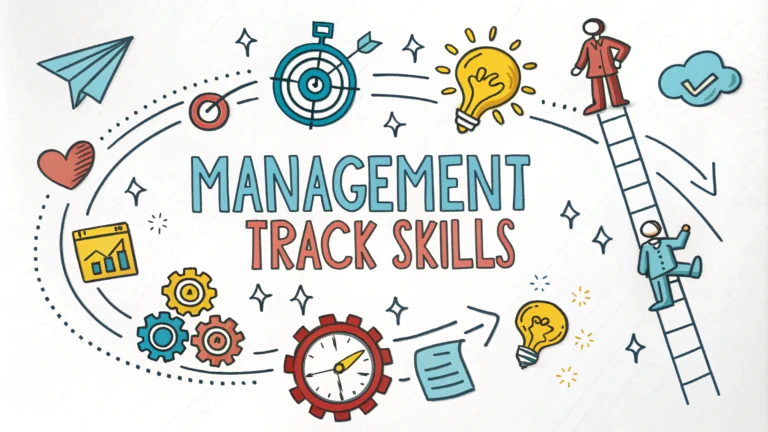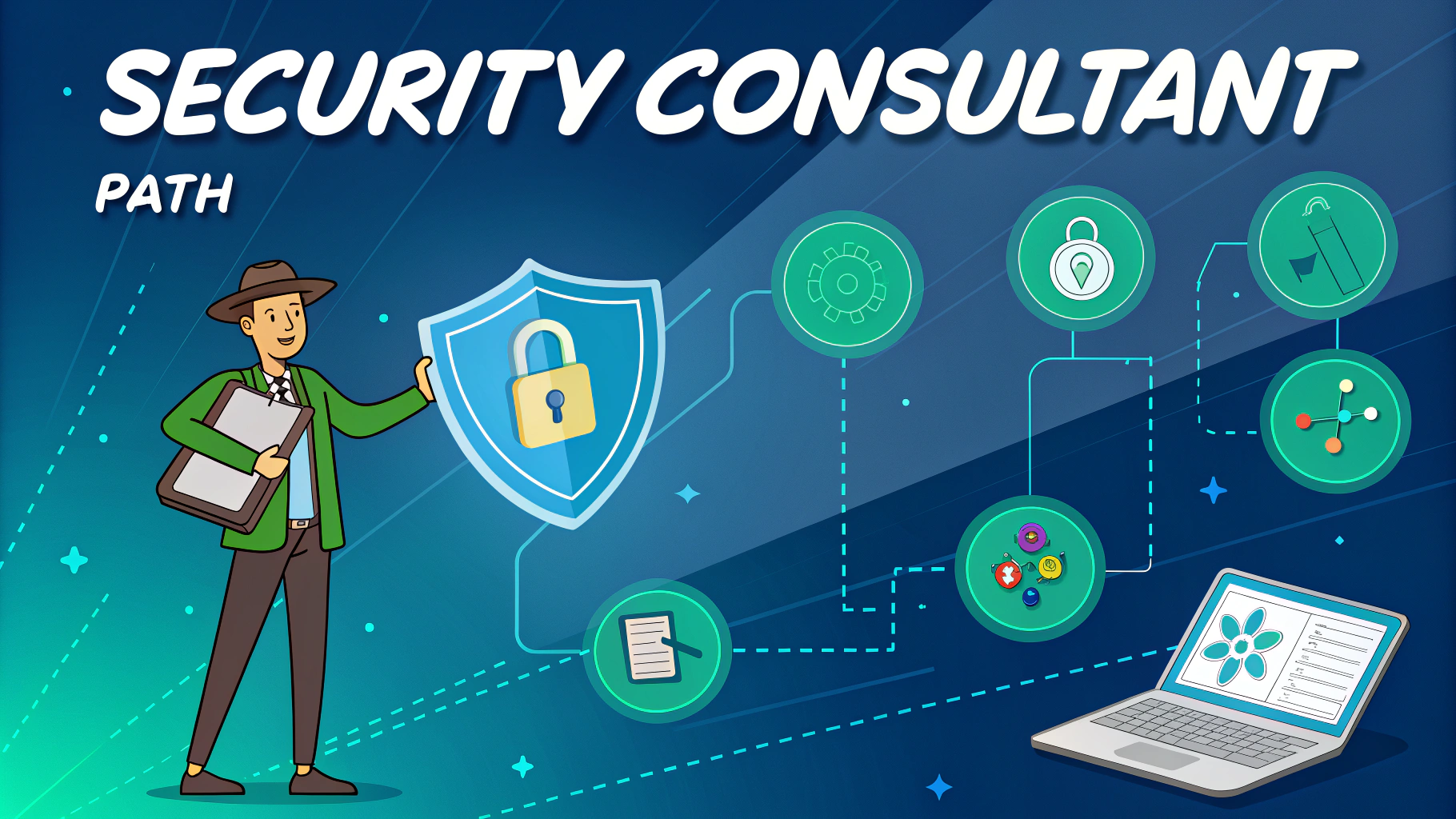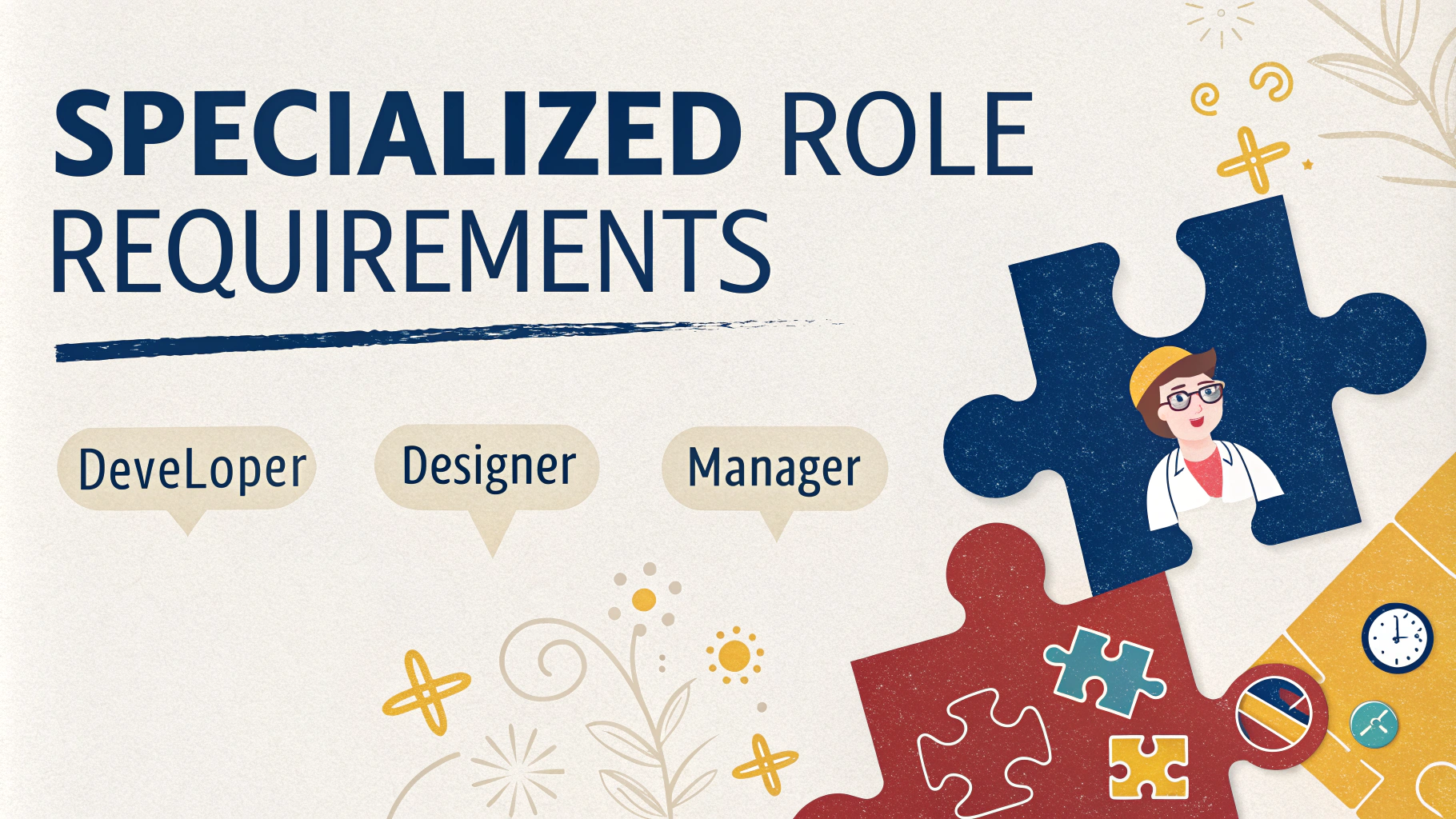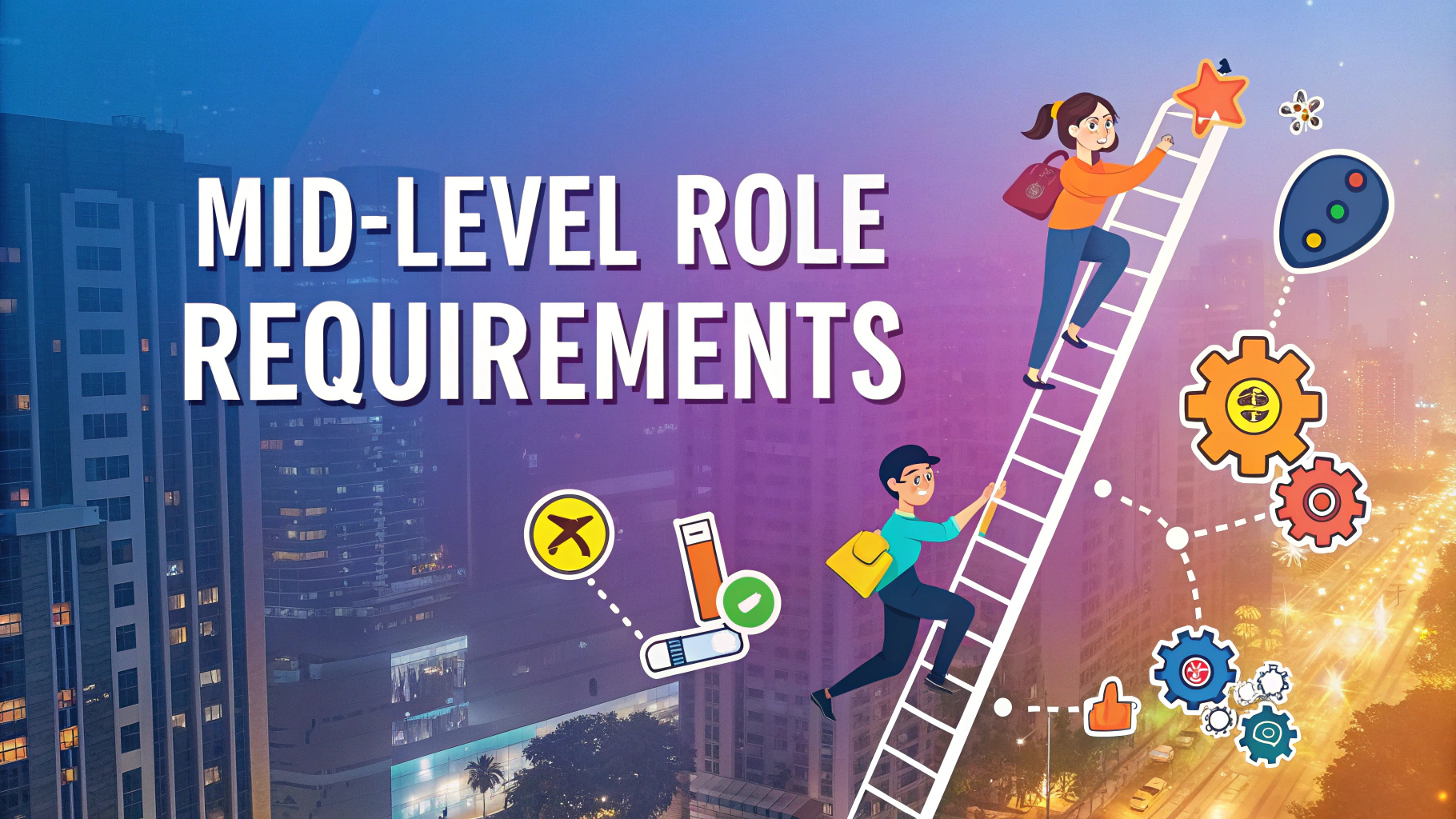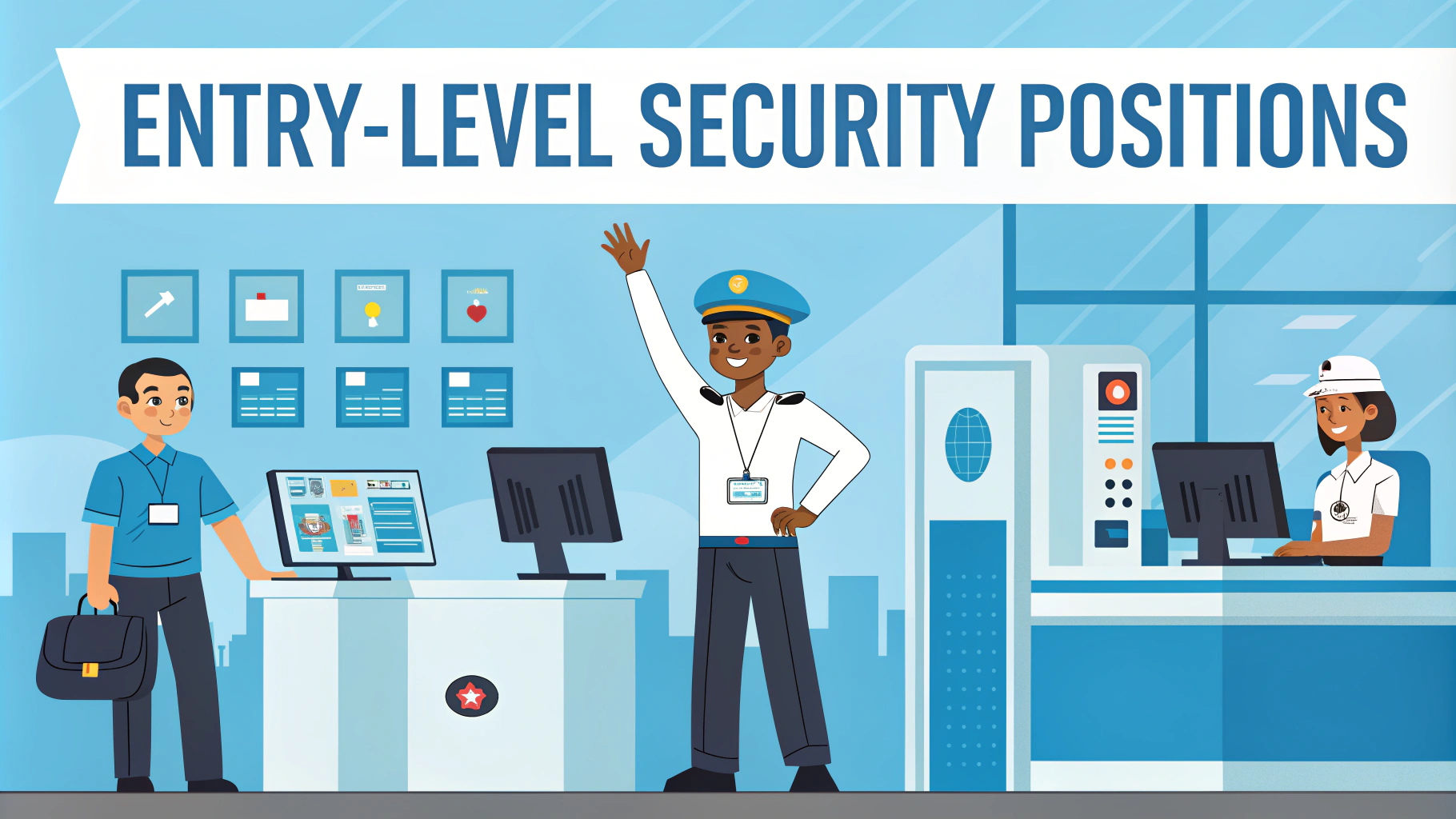Penetration testing management requires a unique blend of technical expertise and leadership abilities to effectively coordinate security assessments.
Security managers must understand both the technical aspects of penetration testing and the business context to properly scope and prioritize testing efforts.
This guide covers the essential management skills needed to lead penetration testing teams and deliver successful security assessments.
Team Leadership Skills
- Build diverse teams with complementary offensive security skillsets
- Set clear objectives and success metrics for each assessment
- Maintain regular communication channels between testers and stakeholders
- Provide mentorship and growth opportunities for team members
Project Management Fundamentals
- Define precise scope and boundaries for each engagement
- Create realistic timelines accounting for testing complexity
- Allocate resources based on target environment size
- Track progress using project management tools like Jira or Trello
Risk Assessment Skills
Managers must evaluate potential impact of testing activities on production systems.
| Risk Level | Testing Approach |
|---|---|
| High | Limited scope, off-hours testing only |
| Medium | Controlled testing during business hours |
| Low | Full-scope testing allowed |
Documentation Standards
- Implement standardized reporting templates
- Review all findings for accuracy and clarity
- Track remediation progress
- Maintain detailed engagement logs
Stakeholder Communication
Regular updates should be provided to key stakeholders throughout the testing process.
- Daily status reports for active engagements
- Weekly summary reports
- Immediate notification of critical findings
- Post-engagement review meetings
Technical Knowledge Requirements
- Understanding of common testing tools (Nmap, Burp Suite, Metasploit)
- Knowledge of testing methodologies (OSSTMM, PTES)
- Familiarity with compliance requirements (PCI-DSS, HIPAA)
- Experience with different target environments (web, mobile, network)
Resource Management
- Tool license management and tracking
- Testing environment setup and maintenance
- Budget allocation for equipment and training
- Team scheduling and workload distribution
Moving Forward with Your Pentesting Program
Establish clear metrics to measure the effectiveness of your penetration testing program.
Consider joining professional organizations like OWASP (https://owasp.org) for additional resources and networking opportunities.
Regularly review and update your testing procedures to align with emerging threats and industry best practices.
Quality Assurance Practices
- Peer review of testing methodologies
- Validation of findings by multiple team members
- Regular tool calibration and testing
- Assessment of false positive rates
Compliance and Legal Considerations
Ensure all testing activities comply with relevant regulations and contractual obligations.
- Obtain proper authorization and documentation
- Maintain confidentiality of findings
- Follow data handling requirements
- Document scope limitations
Incident Response Integration
Coordination with IR Teams
- Establish clear communication channels
- Define escalation procedures
- Create incident simulation scenarios
- Document response workflows
Continuous Improvement
- Collect feedback after each engagement
- Update methodologies based on lessons learned
- Track industry trends and emerging threats
- Invest in ongoing team training
Building a Sustainable Security Testing Program
Focus on developing a mature penetration testing program that evolves with your organization’s needs.
- Align testing objectives with business goals
- Implement continuous assessment cycles
- Establish metrics for program success
- Foster a security-conscious culture
Remember to maintain flexibility in your approach while ensuring consistency in execution. Regular program reviews and stakeholder feedback will help ensure long-term success of your penetration testing initiatives.
FAQs
- What is penetration testing management?
Penetration testing management involves overseeing security assessment projects, coordinating testing teams, setting scope and objectives, managing client relationships, and ensuring compliance with testing methodologies and frameworks. - What certifications are valuable for penetration testing managers?
Key certifications include CREST Project Manager, CompTIA Project+, PMP (Project Management Professional), CISSP (Certified Information Systems Security Professional), and GPEN (GIAC Penetration Tester). - How do you determine the scope of a penetration test?
Scope determination involves identifying target systems, networks, and applications, establishing testing boundaries, defining exclusions, setting time frames, and documenting specific testing requirements through client consultation. - What are the essential components of a penetration testing report?
Essential components include executive summary, methodology, findings classification, technical details, risk ratings, remediation recommendations, and proof of concepts for identified vulnerabilities. - How do you prioritize vulnerabilities in penetration testing?
Vulnerabilities are prioritized based on CVSS scores, potential business impact, exploitation difficulty, affected assets’ criticality, and existing security controls. - What are the key metrics for tracking penetration testing success?
Key metrics include number of vulnerabilities found, severity distribution, time to remediation, test coverage percentage, false positive rate, and client satisfaction scores. - How do you manage client expectations during penetration testing?
Client expectations are managed through clear communication of scope, limitations, timelines, regular progress updates, immediate notification of critical findings, and transparent reporting processes. - What are the main challenges in managing penetration testing teams?
Main challenges include resource allocation, skill gap management, maintaining testing standards, coordinating multiple concurrent projects, managing client communication, and keeping up with evolving threats and tools. - How do you ensure compliance with testing standards and regulations?
Compliance is ensured by following established frameworks (OSSTMM, PTES, OWASP), maintaining testing documentation, adhering to legal requirements, and regular team training on compliance updates. - What tools are essential for managing penetration testing projects?
Essential tools include project management software, vulnerability management platforms, documentation tools, collaboration platforms, time tracking systems, and reporting templates.
